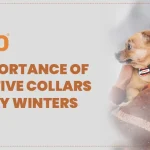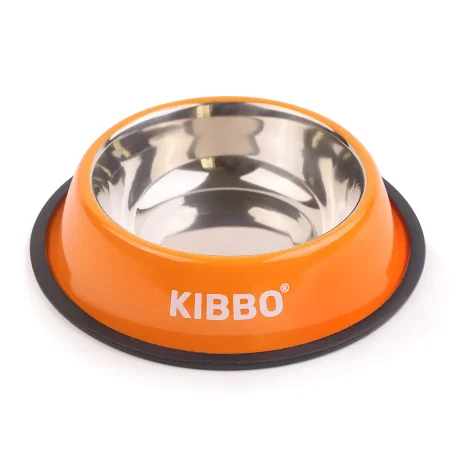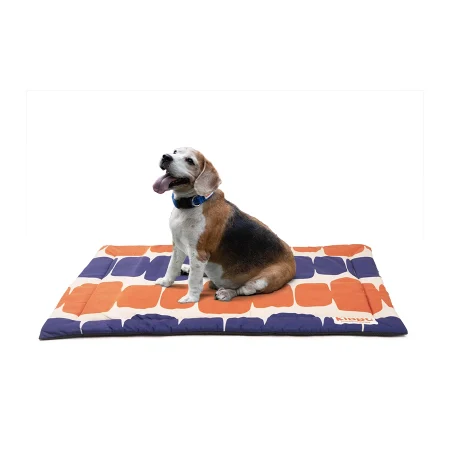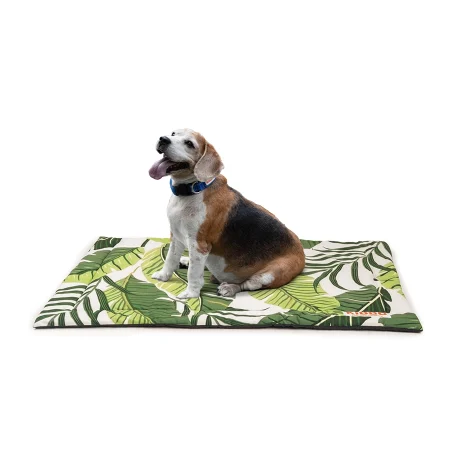As the scorching summer sun beats down, it’s not just humans who feel the heat — our furry companions also face the risk of dehydration and heat-related illnesses. Understanding the signs of dehydration in dogs and knowing how to prevent it can make all the difference in keeping your pet healthy and happy during the summer months.
What is Dehydration in Dogs?
Dehydration occurs when there’s an imbalance between the amount of water a dog consumes and the amount they lose. In hot weather, dogs lose water through panting and sweating from their paw pads. Dehydration can lead to serious health issues, including organ failure and heatstroke if left untreated.
Signs of Dehydration in Dogs:
- Excessive Panting: Dogs regulate their body temperature through panting, but excessive panting can be a sign of dehydration.
- Dry or Sticky Gums: Healthy gums should be moist and pink. Dry or sticky gums can indicate dehydration.
- Loss of Skin Elasticity: Pinch the skin on the back of your dog’s neck. In hydrated dogs, the skin will spring back immediately. If it takes longer to return to its normal position, your dog may be dehydrated.
- Sunken Eyes: Dehydrated dogs may have sunken or dull eyes.
- Lethargy: A lack of energy or enthusiasm can be a sign that your dog is dehydrated.
Tips to Prevent Dehydration in Dogs:
- Provide Fresh Water in Short Intervals: Always ensure your dog has access to clean, fresh water, especially during hot weather. Consider carrying a portable water bowl during walks or outings.
- Limit Walk time in Extreme Heat: Avoid walking, exercising & playing during the hottest parts of the day. Instead, opt for walks during cooler mornings or evenings.
- Provide Shade and Shelter: If your doggo spends time outdoors, make sure they have access to shade and a cool, sheltered area where they can rest.
- Use Cooling Products: Invest in mats and bandanas to help keep your dog cool. You can also freeze treats for them to enjoy on hot days.
- Avoid Hot Surfaces: Roads get extremely hot and burn your dog’s paw pads. Stick to grassy areas for walks.
- Monitor Indoor Temperature: Keep your home cool with fans or air conditioning.
- Offer Hydrating Foods: Incorporate hydrating foods to their diet, such as watermelon, cucumbers, or plain yogurt.
What to Do If You Suspect Dehydration?
If you notice any signs of dehydration in your dog, it’s essential to take action immediately. Here’s what you can do:
- Offer Water: Encourage your dog to drink small amounts of water frequently.
- Provide a Cool Environment: Move your dog to a shaded area or indoors where it’s cooler.
- Use Cool Compresses: Place cool, damp towels on your dog’s body to help lower their temperature.
- Contact Your Veterinarian: If your dog’s condition doesn’t improve or if they show signs of heatstroke, seek veterinary attention right away.
Conclusion:
As the temperature rises, it’s crucial to be vigilant about preventing dehydration in our canine companions. By understanding the signs of dehydration and taking proactive measures to keep our dogs cool and hydrated, we can ensure they stay healthy and happy throughout the summer months. Remember, when it comes to dehydration, prevention is key.











